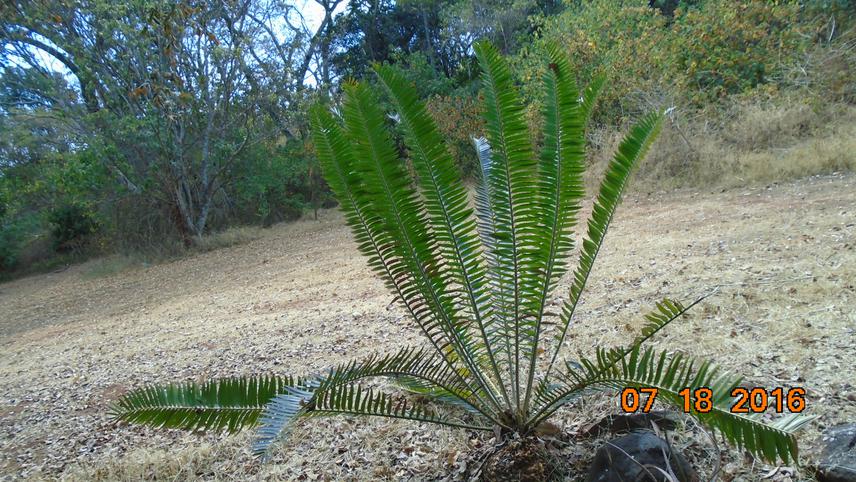Tarisai Nyamucherera
Other projects
25 Jan 2018
Conservation Horticulture for the Encephalartos Chimanimaniensis, a Critically Endangered Cycad in Zimbabwe
30 Apr 2019
Scaling Up Conservation Horticulture and Implementing a Communication Strategy to Strengthen Support for Conservation of the Chimanimani Cycad in Zimbabwe
The project aims to contribute to and become an important starting point to coordinate conservation activities for the endangered Encephalartos chimanimaniensis (Chimanimani Cycad) as provided for within the National Strategy for Conservation of Plants Zimbabwe.

The project will take place in the Chipinge and Chimanimani districts locations that fall at the tip of what has become to be known as the Eastern Afromontane Biodiversity Hotspot, a biogeographic region which stretches over a curving arc of more than 7,000 kilometres from Saudi Arabia to Zimbabwe. Project funding will allow the team to evaluate the status of Encephalartos chimanimaniensis cycad wild populations and come up with ways to improve their sustainable management.
Through voluntary participation of community members, the researchers will conduct ground based surveys, with physical counting for adult plants and mapping estimates for juveniles in all the identified sites, conduct a GPS mapping of the sites with the remaining wild populations, quantify the extent of fragmentation of remaining wild populations. More specifically, research activities will have three components. The first component will consist of the roll out of qualitative data collection. The second component of the project will be a dedicated quantitative data collection phase.
The third and final component will focus on stakeholder engagement and scenario planning as well as monitoring and evaluation activities. Phase 1 Qualitative data collection phase:
[1] The researches will get guidance on historically recoded sites and official statistics of currently recorded wild populations from secondary data such as archived documents and past researches that can be obtained from the National Herbarium & Botanic Gardens.
[2] The researcher team will conduct key informant interviews to get community assistance on possible sites where Encephalartos chimanimaniensis population wild population can be found. As part of the ground based survey process, the research team will move around villages with high resolution photos and samples of the Encephalartos chimanimaniensis asking villagers’ whether they have come across populations of the plant. Use of key informant interview will be engaged in addition to use of secondary documents.
Together with the stakeholders the outcome of each research phase will be discussed at a scenario planning workshop. After that the research team will draft a research report and conservation action strategy document that will be submitted to relevant stakeholders to aid conservation of the cycad plant. The research team will also produce GIS maps GPS recordings from the mapping activities that will be carried out in the field.